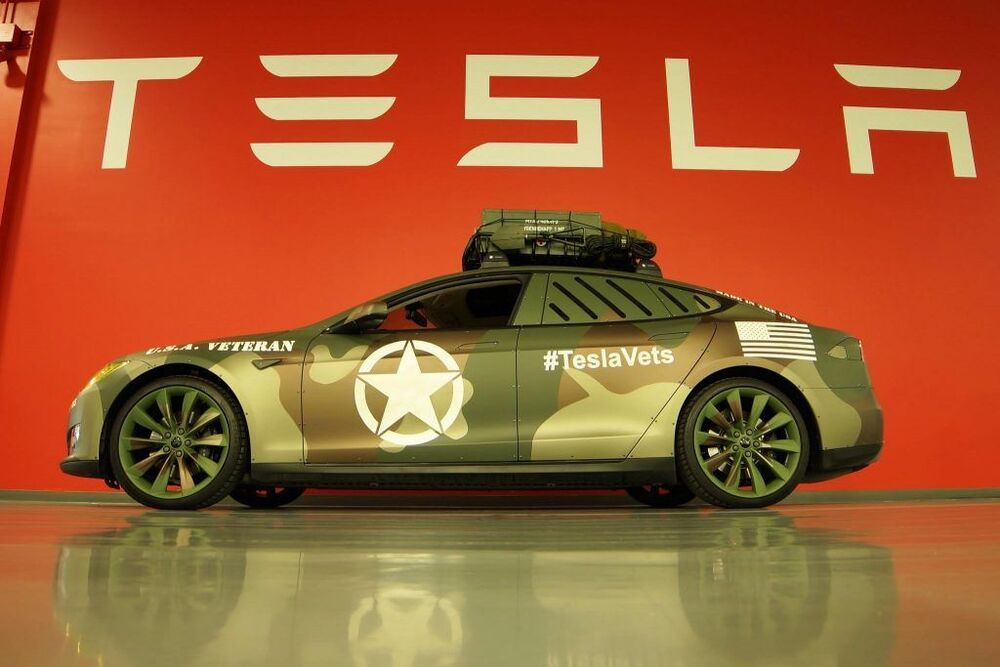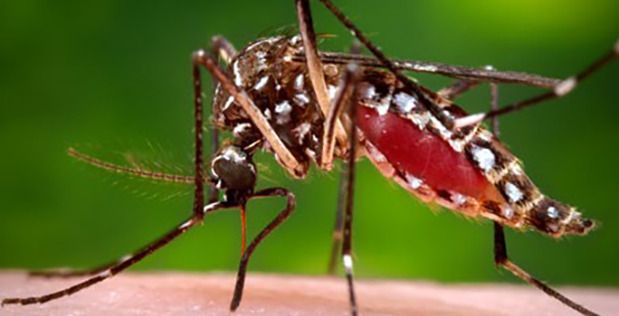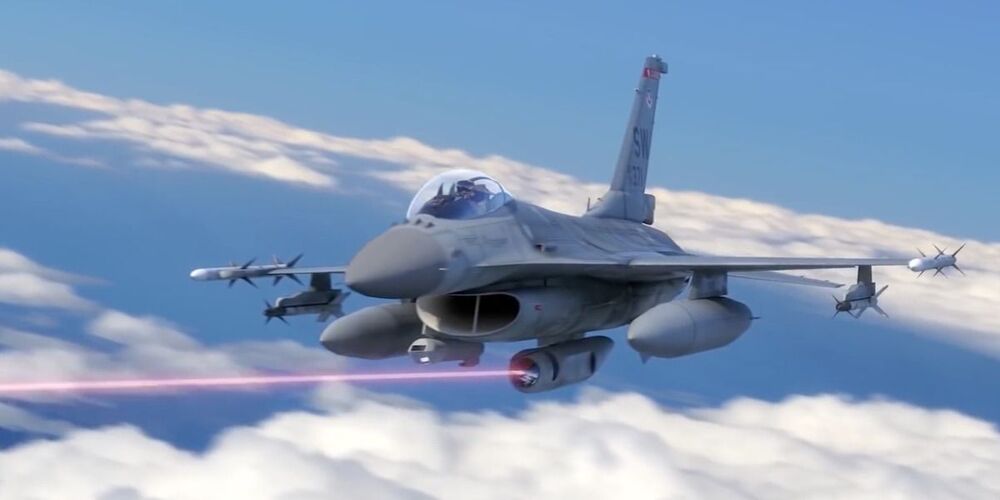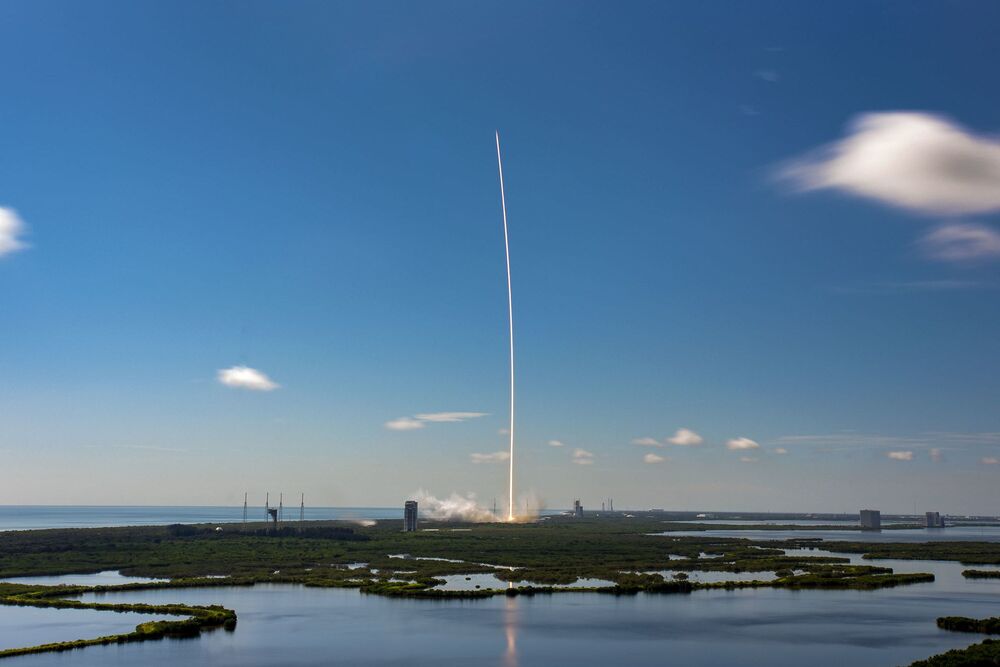https://www.youtube.com/watch?v=wb7o_9CUmiM&feature=youtu.be
Remember to like, comment, share and subscribe to support this vidcast.
Sources cited in this episode include the following:
The November 3rd, 2020 Globe and Mail post, “Broadcasting bill targets online streaming services” at https://www.theglobeandmail.com/politics/article-ottawa-says-broadcasting-act-changes-will-raise-over-800-million-from/
The November 3rd, 2020 TVOntario post, “The pandemic is killing government transparency” at https://www.tvo.org/article/the-pandemic-is-killing-government-transparency.
The November 2nd, 2020 Ottawa Citizen Defence Watch post, “Canadian Military wants to establish new organization to use propaganda, other techniques to influence Canadians” at https://ottawacitizen.com/news/national/defence-watch/canadian-military-to-establish-new-organization-to-use-propaganda-other-techniques-to-influence-canadians.
The November 3rd, 2020 Science and Enterprise post, “Venture Rounds, IPOs, Mergers Vanish in Election Week” at https://sciencebusiness.technewslit.com/?p=40235#:~:text=3%20Nov.,2020.&text=According%20to%20technology%20investment%20research,so%20far%20this%20entire%20week.






 You love badass planes. So do we. Let’s nerd out over them together.
You love badass planes. So do we. Let’s nerd out over them together.


